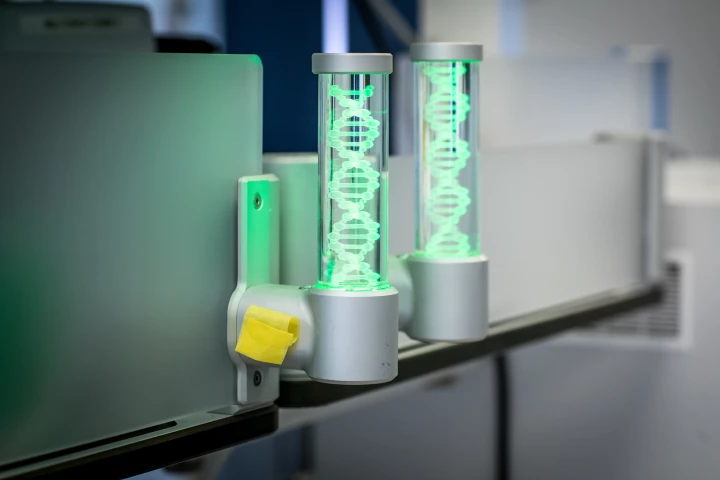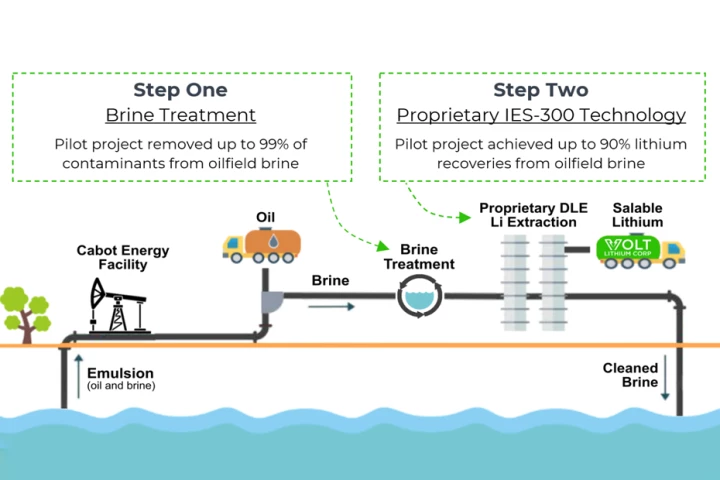Lithium metal
Lithium metal battery research
-
You know how EVs and practically anything else that runs on lithium batteries aren't really all that 'green' because producing lithium takes a huge toll on the planet?
-
Lithium is a finite resource, and the more we lock inside rechargeable batteries, the less we have to use. A new speedy method to free the element from such sources could be a game changer in terms of the material's availability.
-
Thanks to the increase of electric vehicles and other battery-using technologies, the demand for lithium is expected to skyrocket in the coming years. One odd but potent source of the metal is a Pennsylvania wastewater stream, says a new study.
-
Nano-engineering happens all day long in our bodies, and California startup Aether is designing and testing millions of new enzymes to do a range of other useful tasks – like directly extracting battery-grade lithium from sources nobody else can use.
-
Canadian company Volt Lithium has developed and pilot-tested a new low-cost lithium extraction method to pull this critical battery metal out of low-concentration brines. Now it plans to turn old oil fields into lithium production operations.
-
Tesla's 4680 cells, for comparison, measure somewhere between 244-296 Wh/kg. So the extreme-density cells recently tested in Beijing represent a huge leap forward from the status quo – even if they're solely focused on maximizing a single metric.
-
That plate of smashed crab legs about to be cleared from the dining table and tossed in the trash might actually be the future of rechargeable batteries. A new discovery for its use in sodium-ion technology has researchers certainly believing so.
-
The excellent energy density of lithium metal could enable batteries to power smartphones for days, and by designing a new electrolyte that can be controlled via magnetic fields, scientists have now edged this technology a little closer to reality.
-
Branch-like growths called dendrites continue to plague next-gen battery designs of many types, but new MIT-led research claims to have uncovered the root of the problem, and shown how it can be negated through the use of mechanical stress.
-
As the world rushes toward "the greatest disconnect between supply and demand in the history of commodities," Snow Lake Lithium CEO Philip Gross talks us through his company's plans to open the world's first all-electric lithium mine in Canada.
-
Scientists at South Korea's National Research Council of Science & Technology have demonstrated a promising new battery architecture, and one that could lead to big improvements in capacity and charge times.
-
Scientists at Rice University have put forward a promising solution to lithium-metal battery failure, developing a film made of fine powder that can be brushed onto electrode surfaces to prevent the formation of dendrites.
Load More











